
P. SAINATH
Everybody Loves a Good Drought
Stories from Indias Poorest Districts
PENGUIN BOOKS
Contents
PENGUIN BOOKS
EVERYBODY LOVES A GOOD DROUGHT
Palagummi Sainath is a Mumbai-based freelance journalist. He took an M.A. in History fromJawaharlal Nehru University, New Delhi and joined the United News of India in 1980. Later hebecame foreign editor of The Daily and deputy chief editor of the weekly Blitz in Mumbai. In early1993 he left Blitz to work full-time on rural poverty, after winning a Times of India fellowship thatenabled him to pursue the subject. His work in that area won him a further twelve awards andfellowships over the next two years, including the prestigious European Commissions journalismaward, the Lorenzo Natali Prize.
Sainath has been a visiting lecturer in journalism, development and politics at universities in India,Canada, the United States, Europe and Australia. He has been directly involved in training journalistsand has also been on the faculty of the Social Communications Media department of the SophiaPolytechnic, Mumbai, for the past ten years. A regular contributor to The Telegraph in Calcutta, healso writes for the fortnightly Frontline and the daily Business Line in Madras.
This ones for Appan
Introduction
This book is based on a series of reports I filed for the Times of India from some of the countryspoorest districts. My visits to those districts began in May 1993 on a Times Fellowship. The lastdetailed tour I made of one of them for the purpose of researching this book was in June 1995. Thereports, then and now, are on the living conditions of the rural poor.
The idea was to look at those conditions in terms of processes. Too often, poverty and deprivationget covered as events. That is, when some disaster strikes, when people die. Yet, poverty is aboutmuch more than starvation deaths or near famine conditions. It is the sum total of a multiplicity offactors. The weightage of some of these varies from region to region, society to society, culture toculture. But at the core is a fairly compact number of factors. They include not just income and calorieintake. Land, health, education, literacy, infant mortality rates and life expectancy are also some ofthem. Debt, assets, irrigation, drinking water, sanitation and jobs count too.
You can have the mandatory 2,400 or 2,100 calories a day and yet be very poor. Indias problemsdiffer from those of a Somalia or Ethiopia in crisis. Hungeragain just one aspect of povertyis farmore complex here. It is more low level, less visible and does not make for the dramatic televisionfootage that a Somalia and Ethiopia do. That makes covering the process more challengingandmore important. Many who do not starve receive very inadequate nutrition. Children getting less foodthan they need can look quite normal. Yet poor nutrition can impair both mental and physical growthand they can suffer its debilitating impact all their lives. A person lacking minimal access to health atcritical moments can face destruction almost as surely as one in hunger.
What is the access of the hundreds of millions of rural poor to health and education? Do they enjoythe same rights and entitlements as other Indians? If not, what prevents them from doing so? Often, theforms of exploitation that breed and sustain poverty get no more than a cursory glance.
Less than three years ago, an expert group set up by the Planning Commission submitted its reporton the Estimation of Proportion and Number of Poor. The group, which included some of Indiasleading economists, recommended changes in the Commissions methods of estimating poverty. Theirapproach found the number of those below the poverty line to be 312 million. Or close to 39 per centof the population. Now, the government says a later survey than that used by the group shows thatthose below the official poverty line came down to 19 per cent of the population in 1993-94. To getto this result, the Planning Commission has, in part, recycled old, discredited methods of calculation.In the process, it has done away with the suggestions of its own expert group.
Oddly, the same Government of India waved a different wand at the World Summit for SocialDevelopment in Copenhagen. And that was less than nine months before it found a fall in poverty inthe country. At that summit, it presented a document saying 39.9 per cent of Indians were below thepoverty line. It was, after all, begging for money from donors. The more the poor, the more the money.At home, less than 300 days later, it produced the 19 per cent estimate. (Those intrigued by themysteries of the official poverty line can look at Appendix 1 at the back of the book.)
While conceding the importance of that debate, I have largely ducked it in this book. The idea herewas to focus on people and not on numbers. Not that the two are unrelated. The people in this bookare much like millions and millions of other Indians in many other districts. (Of the poor in India,around 40 per cent are landless agricultural labourers. Another 45 per cent are small or marginalfarmers. Of the remaining, 7.5 per cent are rural artisans. Others make up the rest. Most of those inthe districts I visited belonged to the first two groups.)
But I did want to escape what Swami Vivekananda once described as the propensity of the Indianelite to discuss for hours whether a glass of water ought to be taken with the left hand or the righthand. So the focus remains on people and their problems.
I mostly visited the districts in the off-agricultural seasons. The question for me was: What do thepoor do in some 200-240 days during which there is no agriculture in their areas? How do theysurvive? What are their coping mechanisms? What kind of jobs do they find?
The answers led me to far more than the ten districts I had set out to cover. In most of these areas,huge sections of the population simply upped and migrated after the harvest. Often, they took theirfamilies with them. So I ended up travelling and living with the migrants in districts other than myown. At the end of it, I had covered close to 80,000 km in seven states across the country. The sixtyeight reports in this book, though, are mostly from eight districts that I concentrated on. These wereRamnad and Pudukkottai in Tamil Nadu, Godda and Palamau in Bihar, Malkangiri and Nuapada inOrissa and Surguja and Jhabua in Madhya Pradesh. There are also a few from old Koraput andKalahandi, both in Orissa. (I was unable to complete work on two districts I had chosen in UttarPradesh.)
I spent around a month in the villages of each of the districts during my first year and a quarter onthe project. In some cases, I returned to the same district more than once. At the back of the book is anappendix with some basic data on the places I went to and the periods during which I visited them.
I chose the districts on this basis: The state-wise break-up of the percentage of people below theofficial poverty line in 1992 was a starting pointno more. The five states doing worst on that listwerefrom the bottomOrissa, Bihar, Madhya Pradesh, Uttar Pradesh and Tamil Nadu. Findingtwo of the worst districts within each state was not so hard. Mostly, both governments andindependent experts agreed on which those were. To be sure, I checked these districts on over twentyindicators ranging from infant mortality to irrigation.
The bulk of the reports in this book first appeared in the
Next page


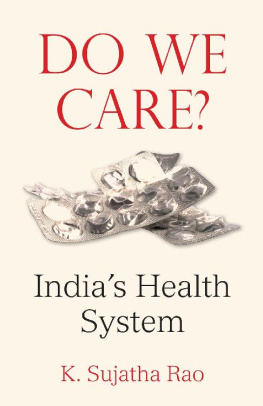
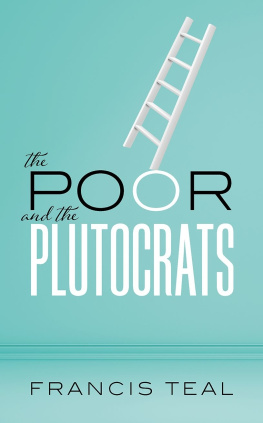
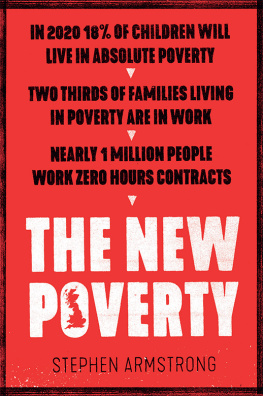
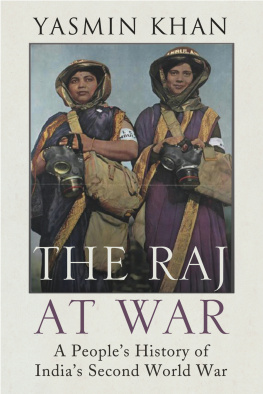
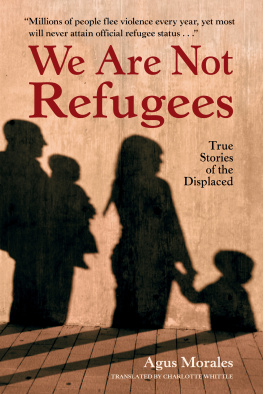
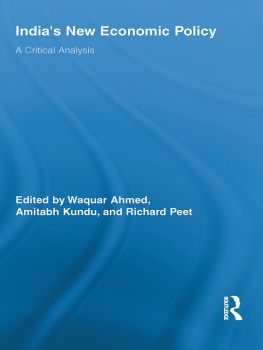
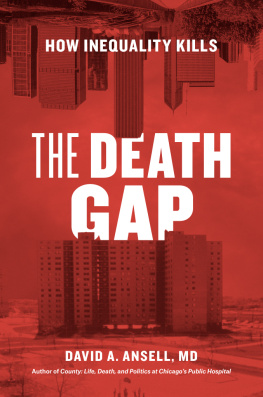
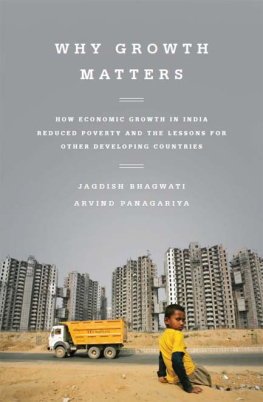

 PENGUIN BOOKS
PENGUIN BOOKS